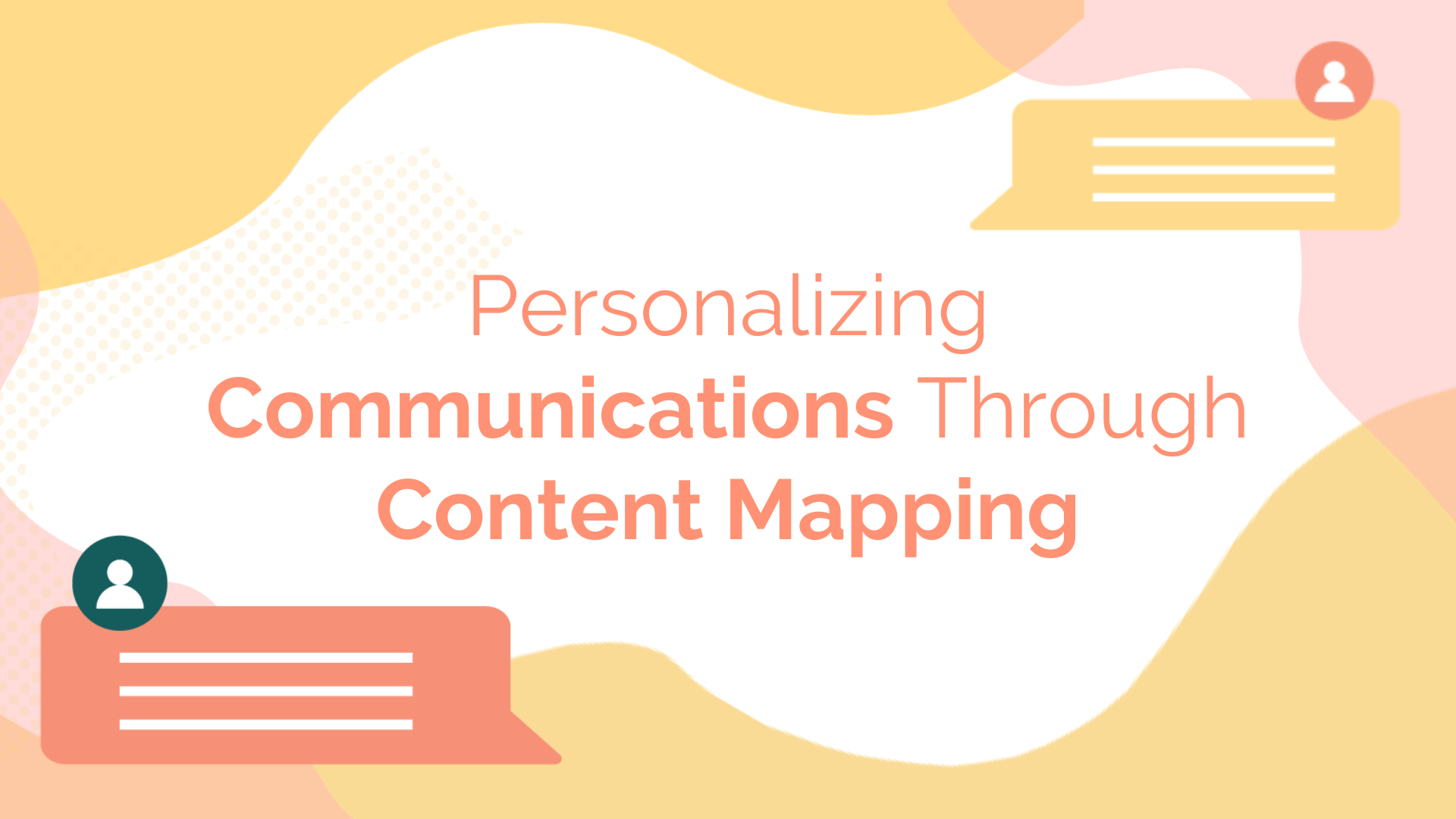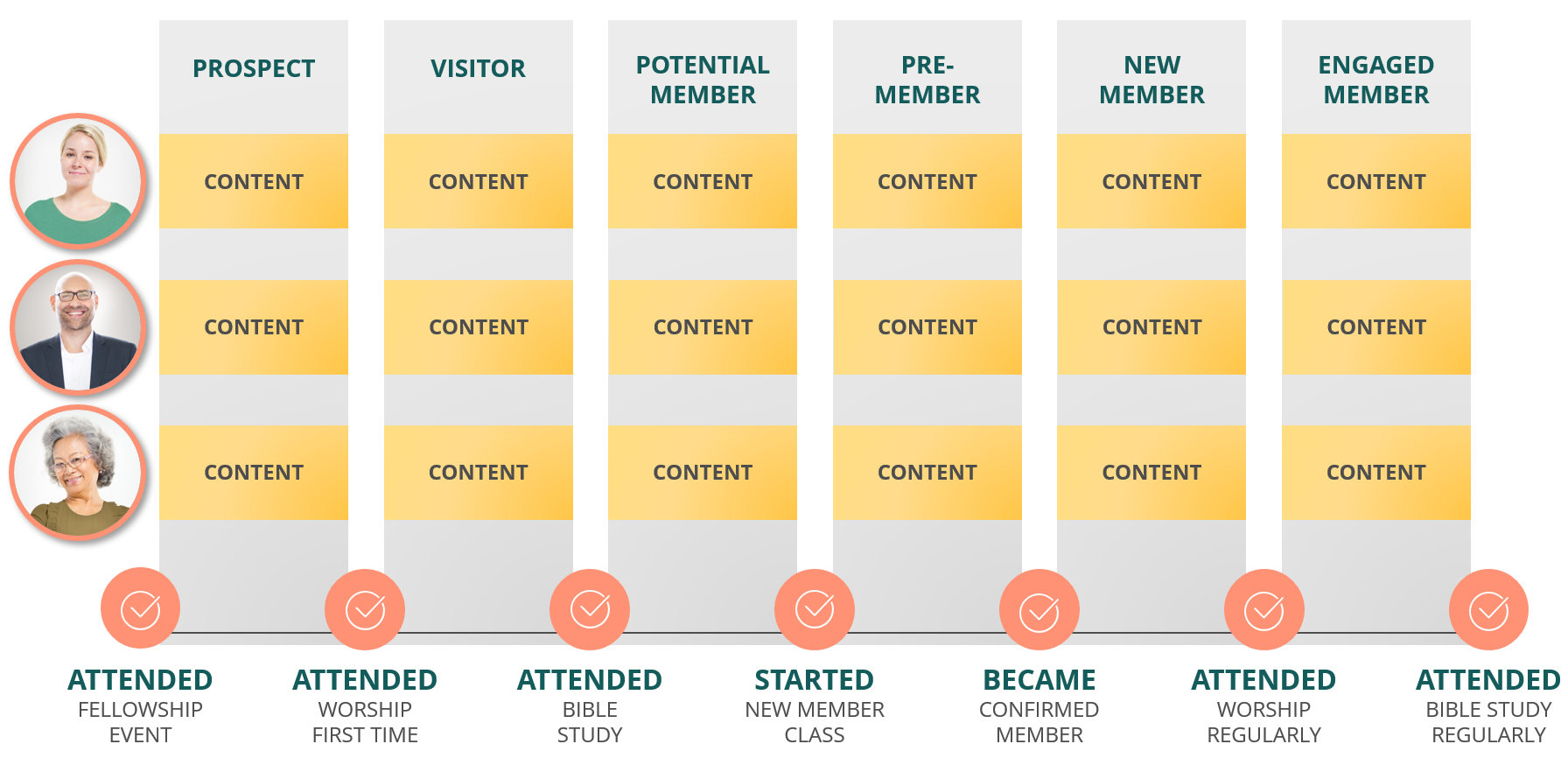
“What’s your favorite color?”
As adults, we typically do not ask each other this, but for kids, it is an especially important question.
My four-year-old daughter has a knack for both picking up on details about people and mentioning them in a positive way. She will notice if one of her fellow students is wearing a new shirt and say how much she likes it. She will compliment a teacher on her new haircut, telling her it looks nice. And when she colors a picture for someone, you’d better believe that it will have a lot of that person’s favorite color in it because that is one of the first questions she would have asked them.
Everyone appreciates it when someone else does a nice thing for them, but when that nice thing has been personalized, it makes it even more special.
Big Data and Personalization
As technology has progressed, personalization has become a key factor in marketing and communications.
Netflix grew from a DVD subscription service to the media giant it is today by providing specific recommendations based on their subscribers’ viewing habits.
Amazon seems to know exactly what you want before you even look for it, showing you items on the home page that are chosen for you based on your purchasing history.
And Target accidentally got themselves in trouble with a father by sending personalized coupons to his daughter that revealed a bit more than anyone had planned.
As that last example shows, the data that big companies have on consumers can be a bit creepy, but they track and use that data because personalized communications work. People are far more likely to act when they feel like the next step has been tailored for them.
Personalization and the Church
Personalizing communications is nothing new for the Church. Each of the four Gospels was written to a different audience, and this is clearly shown in the narratives that were chosen and the words that were used. In Paul’s first letter to Timothy, he got very personal, even providing recommendations to Timothy on how to address his stomach issues (1 Timothy 5:23).
The Gospel is meant for all people, but it is also meant for each person, meaning that Christ comes to us in specific, personalized ways. As the Body of Christ in the twenty-first century, we have the opportunity and the means to share the Gospel with individuals in ways that are personally meaningful to them.
Whether it is inviting people to a community event or a worship service at our church, if a person is invited by someone he or she knows, that person is more likely to come. While there are several factors involved in these invitations, the fact that the person inviting him or her knows him or her makes a big difference.
Personalization and Church Communications
It is all fine and good to talk about personalization, and as individuals, we do that naturally in our day-to-day interactions, but how can we scale personalization as a church?
In a blog post a couple weeks ago, I explained how personas allow you to personalize your church communications strategy. In this post, I will explain how a content map will help you personalize your church communications tactics.
Content maps shows the messages you wish to communicate with your personas at different stages of your church communications journey map. By creating a matrix of your personas and your journey map, you identify specific points where you can create personalized content to share with your audiences every step of the way.

This can seem a bit overwhelming at first, but keep in mind that many, if not most, of your current communications tactics will have a place on the content map.
Types of Personalization
While there are many ways to personalize communications (never underestimate the influence of using someone’s favorite color), you can only personalize so many details within each tactic. That is why having well-defined persona profiles will give you an indication of what generally works for that audience.
There are three primary ways that you can personalize messages for each audience at each stage of the journey map: delivery vehicle, wording, and call-to-action.
Delivery Vehicle
While some might call this the means or the channel, I like to refer to this as the delivery vehicle because it puts the emphasis on what is being delivered, which is the message itself.
The delivery vehicle is anything that carries a message to a person, so it could be an email, text message, phone call, social media post, blog post, video, flyer, or another form of communication.
You should choose whatever delivery vehicle will be most effective for that persona at that stage of the journey. If it is early in the journey, do not make a phone call to the persona who prefers digital communication, because that is too invasive. If it is later in the funnel, a phone call may be the better option, because an email may seem too impersonal after a relationship has formed.
Wording
Your choice of words as well as what you are communicating will vary by persona and certainly at every stage in the journey map. Changing the what or why of the message may make the difference between whether a message is acted upon or ignored.
For one persona, emphasizing the variety of worship service times will be important, while for another persona, the fact that childcare is provided will be most important. For one persona, you may want to emphasize the value of the Scriptural knowledge that is to be gained by studying God’s Word; for another, emphasizing the fellowship experienced by studying God’s Word together is more important.
Call-to-Action
Finally, what you are asking the audience to do will certainly vary based on where in the journey map a person is but may also vary based on who their persona is.
For example, inviting a person to attend your church’s new member class is not appropriate after he has visited once, but neither is it appropriate for the persona who has the criteria of already being a member. Inviting a person to attend a parenting Bible study is appropriate for your persona who is categorized by having kids at your school but is certainly not appropriate for the persona who is categorized by having an empty nest.
Start Mapping Your Content
Content mapping can be a daunting task at first glance, but once you get started, I think you will see that you are well on your way to having a complete map. Many of your communications tactics that you already have can probably still be used, although maybe with a few tweaks.
If you need help getting started, I’d encourage you to download our free Content Map Worksheet, which will walk you through the process of defining both a Message Map and a Content Map for use in your church communications strategy.
![]()
About the Author
Follow on Linkedin More Content by Peter Frank
























